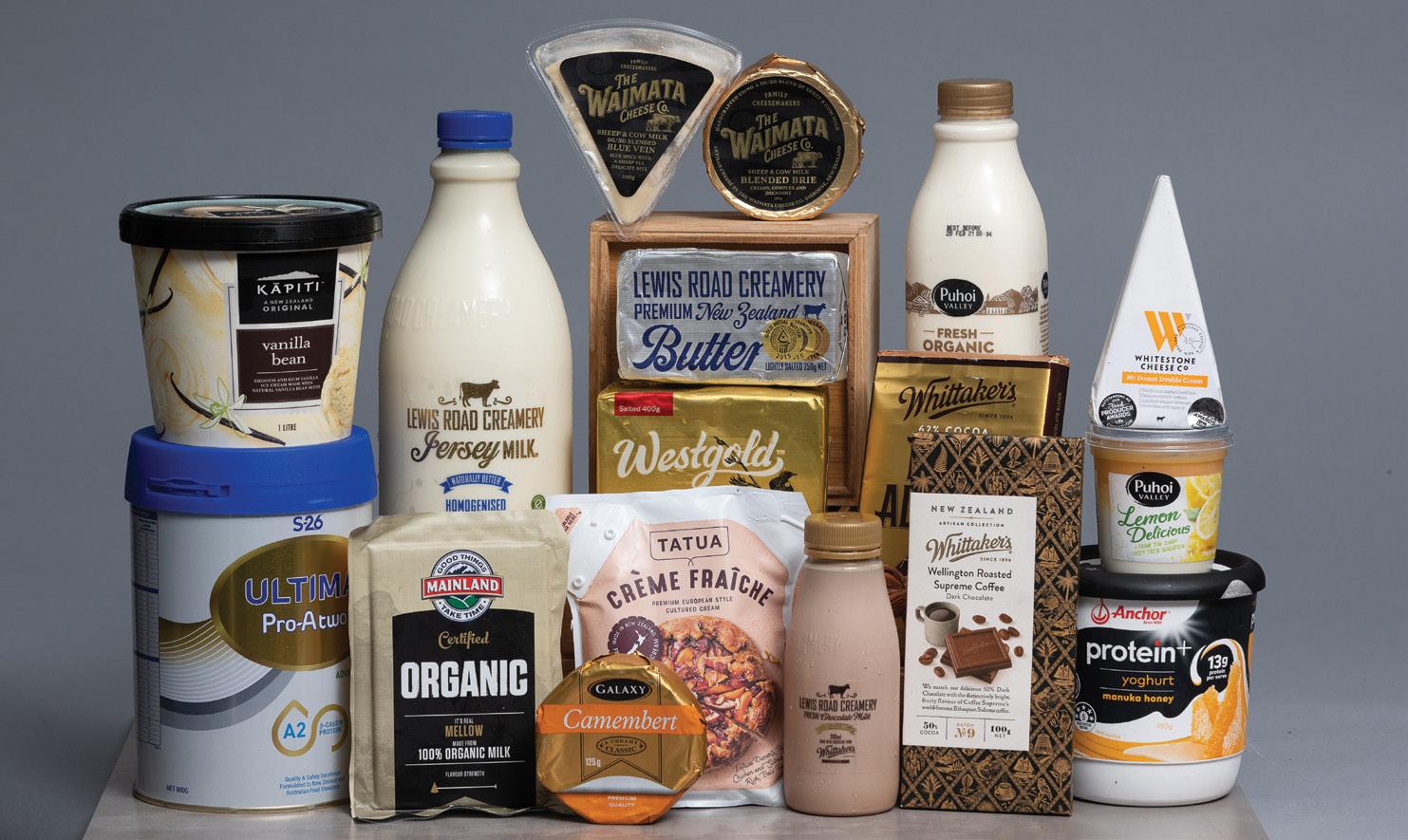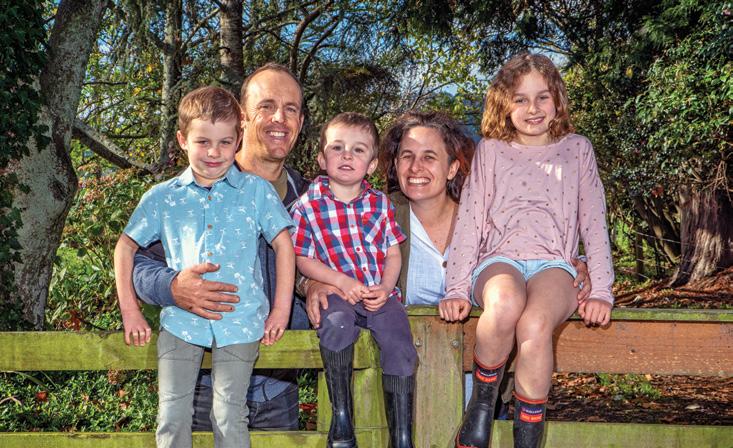INSIGHT
UPFRONT GLOBAL DAIRY - AUSTRALIA
LEFT: Dairy farms in South Gippsland have been snapped-up by beef producers or Melbourne buyers.
D L SO eef b o t ne
-go
Milking an exit Words by: Simone Smith
F
avourable seasonal conditions, strong demand for milk and profitability at the farmgate. It’s a good time to be a dairy farmer in southern Australia. To anyone outside of the Australian dairy industry, this sounds like the perfect recipe for growth. But the reality is a vastly different story. “We’ve just experienced the best years ever to dairy farm and we are seeing a depletion,” United Dairyfarmers’ of Victoria president Paul Mumford said. “There’s obviously a reason.” Milk production for the month of February was down 0.1% in Victoria – Australia’s largest milk production state, according to Dairy Australia. Year-to-date total Australian milk production was up 0.9%. For the head of Victoria’s dairy lobby, the state’s static industry comes after years of challenges including milk price volatility, input price hikes, drought and floods. But in the past year, Covid-19 has inflamed issues around the industry’s workforce, it’s “sleeping devil”, according to Paul. “(The pandemic) has forced the labour onto the owners of the business and bought another added level of stress,” he said. “Coupled with that are the continued stress of production costs, weather, electricity or whatever other issues are 18
Paul Mumford: United Dairyfarmers’ of Victoria president Paul Mumford said the Covid-19 pandemic has exposed a workforce issue within the state’s dairy industry. SOURCE: UDV
bubbling away. This has allowed farmers to exit the industry. We are seeing a lot of farms sell out of dairy because the opportunity is positive to transition into beef.” Beef farmers purchasing dairy operations has been a growing trend in the South Gippsland property market, in south east Victoria, according to SEJ Livestock and Real Estate licensed estate agent Irene Walker. The past four dairy farms she sold were purchased by beef producers. Some rare smaller dairy farms, those which adjoin an existing dairy or larger operations have remained in the industry. But for the most part – those who milk cows have been priced out of the property market. “Established beef families from the northeast of the state have been lured by the security of rainfall in this region,” Irene said. “They have more capacity (to
purchase) - they have old money, family money and haven’t got debt. Plus, we are now dealing with Melbourne buyers who have taken their money out of commercial real estate and shares and are seeking more security by putting it into land.” This shift in the market dynamic has been brewing for the past 10 years, according to Irene, “cemented” by recordbreaking beef prices in the past year. Prices have reflected the uptick in demand. Irene said dairyland selling to beef has fetched $9500-$14,500 an acre, up from $6500-$8000/acre five years ago. Yanakie dairy farmer Paul Hannigan will milk 340 cows this year – 50 less than last year – despite buying more land. He’s lost access to leased land and despite the new property, his total farming area has shrunk, and he’s had to destock. He viewed land as a secure investment but wondered what a declining industry would mean for those who continue to milk cows. “For us, I’d like to think what we have now (property) is worth more than what we paid for it, I know it is and a fair bit more,” he said. “I can’t see how returns will be any less with a shrinking milk pool, but at some stage it could tip the other way and we could start importing more and the export market won’t be there.” Chris Nixon milks 500 cows and runs 2000 beef breeders in the bushfire ravaged region of far eastern Victoria. For the first time in his farming career, his beef operation has been more profitable than the dairy for the past 18 months. While he won’t be selling his milkers, he understands why farmers are choosing beef over dairy. “There are big issues overhanging our dairy industry and it hasn’t given farmers the confidence to go forward,” he said. “The reason the industry hasn’t gone forward like it should have has been because of tough seasonal conditions, a reduction in water, probably higher than average labour costs and the overhang of the supermarket duopoly on price. That’s why it’s hard to see clear air on a forward sustainable price.”
Dairy Exporter | www.nzfarmlife.co.nz | May 2021


























